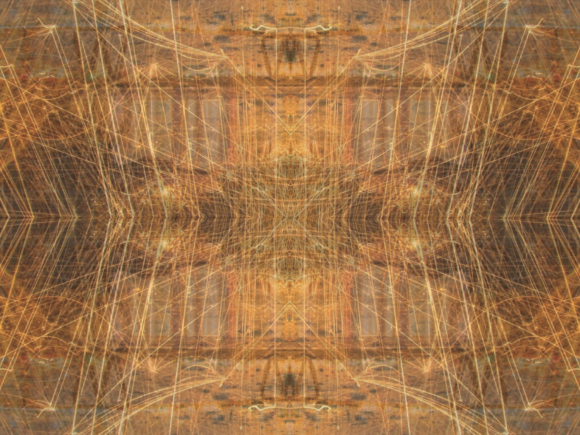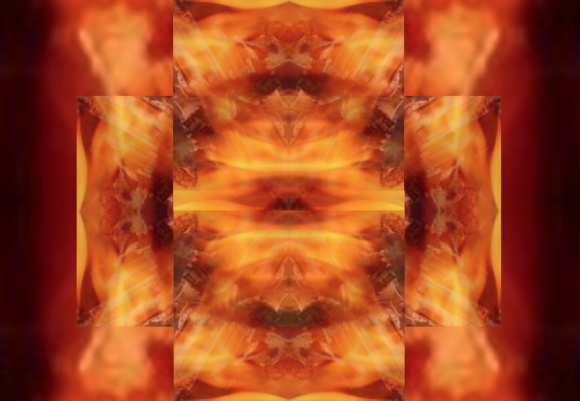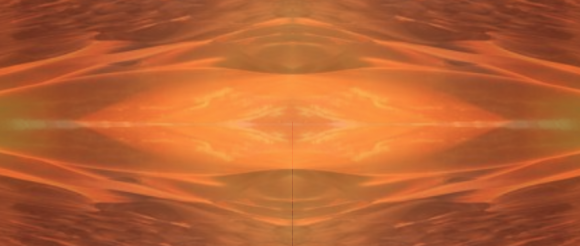Here’s an interesting assumption: in order for there to be a ghost, there must first be someone (or something) for it to be a ghost of.
Interesting, because in a situation where you’re trying to prove that a given episode, whatever it is, is not a ghost appearance, that would hardly be the first line of thought that comes to mind. You may think of many ways (typically involving rational explanations for whatever observations were made), but hardly of an argument of the form:
“Even if there had been the possibility of a ghost, which there couldn’t be, of course, there’d have had to be someone whose ghost it might have been, which there wasn’t.”
That, however, is precisely the argument Chislenko makes.
1. Chislenko is the inspector tasked with investigating what appears to be a ghost sighting, in Reginald Hill’s short story “There are No Ghosts in the Soviet Union”. This being a piece of well-crafted multi-layered literature, the whole “there are no ghosts” business has an underlying deeper meaning. But I’m going to ignore that and just focus on the overt reasoning about ghosts which the protagonist produces in the story. I’m interested in the underlying “theory” of what a ghost is, as implied by what the characters think.

At first, the episode in question looks simple: “A man fell down a lift-shaft from the seventh floor. Or perhaps he was pushed.” (2) Four witnesses, each more credible than the last one, are in exact agreement that this was exactly what happened: a man appeared, then was pushed, by a second man, into the lift — but he fell right through the bottom and crashed downwards, screaming. Nothing was found down the elevator: “No body. Nobody. No sign of any body or anybody. Not in the shaft or up the shaft.” (6) But that’s where it stops to look simple.
Let’s simply suppose, for a moment, this were the kind of story where ghosts belong to the fictional world’s inhabitants (as in the “High Spirits” or “Ghostbusters” variety of movies — both from about the time of Hill’s writing). In that case, it might continue to look simple: what the witnesses witnessed was ghost activity, an episode of a haunting. Something must have happened in that building, a long time ago, one of the involved persons died, and his ghost compulsively returns to re-enact the scene. But there is no agreement, among the characters, that this is that kind of story. The narrative sets them up as divided about this very question.
While Chislenko doesn’t even allow himself to consider it as a serious notion, his counterpart female lead, Natasha, matter-of-factly asserts it as the only plausible explanation:
‘In my book, any human figure which passes clean through a material barrier is a ghost. Go back in records and look for an accident happening in that lift-shaft. The past is where your investigation should be, if you’ve got the nerve.’
So in the initial stages of the plot, Chislenko finds himself in need to (more or less) convincingly argue that “this couldn’t have been a ghost sighting”. And note that both he and Natasha, albeit arriving at opposite conclusions, share the premise that for it to be a ghost, there must have been someone in the past who died, and whose ghost it then was which was sighted.



